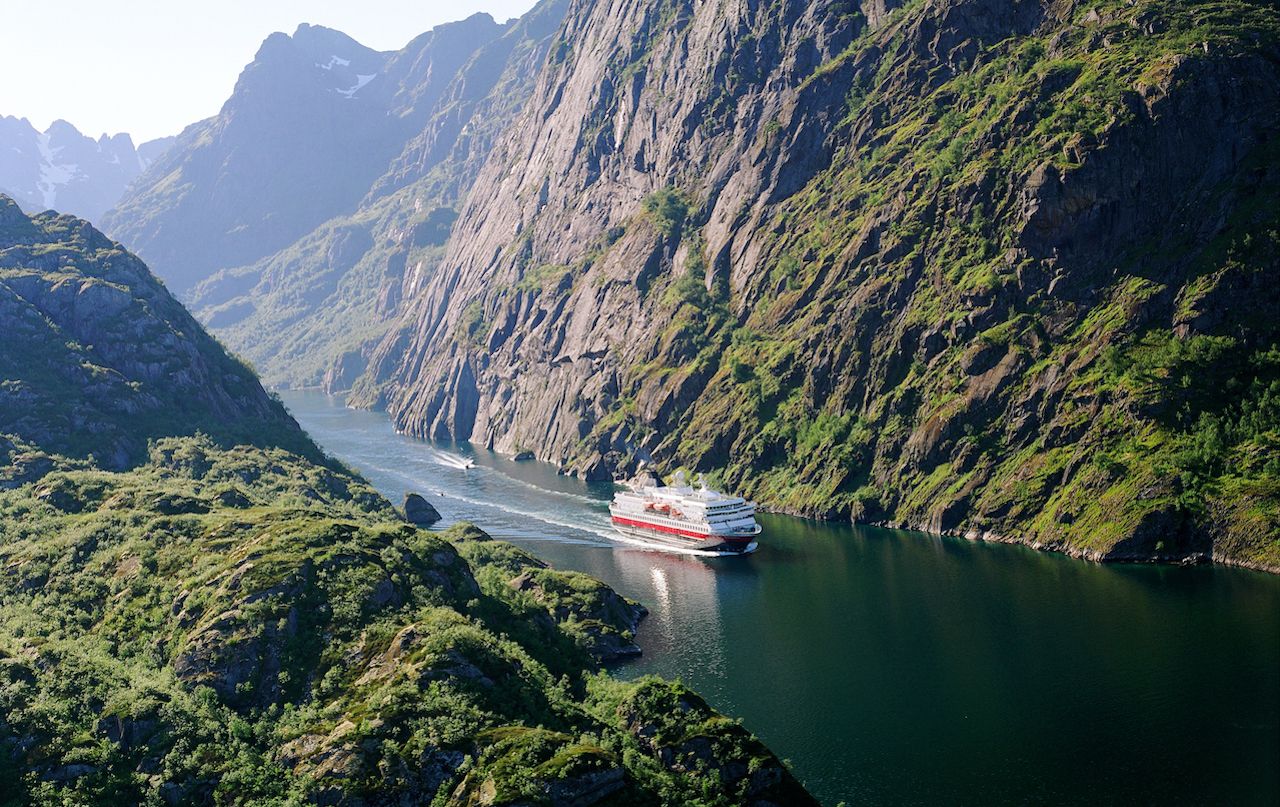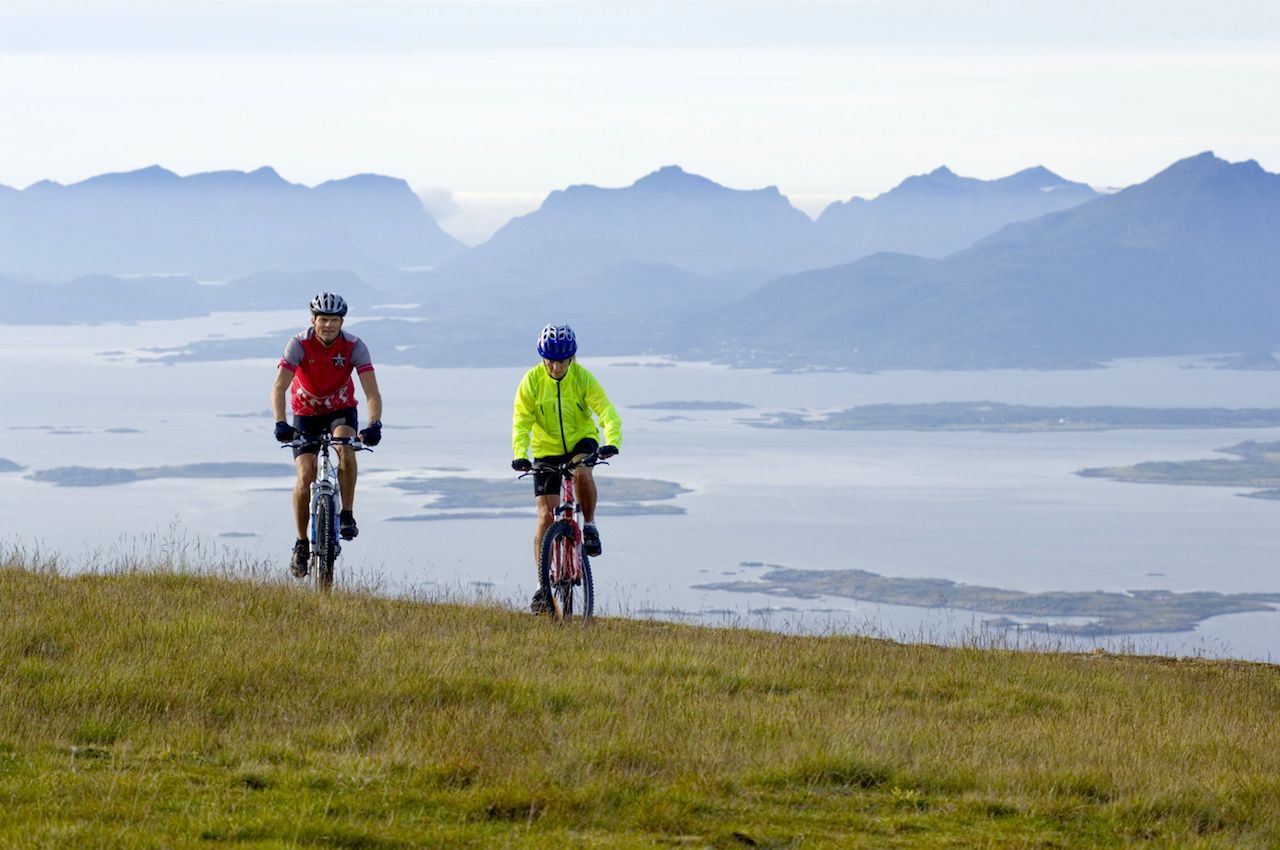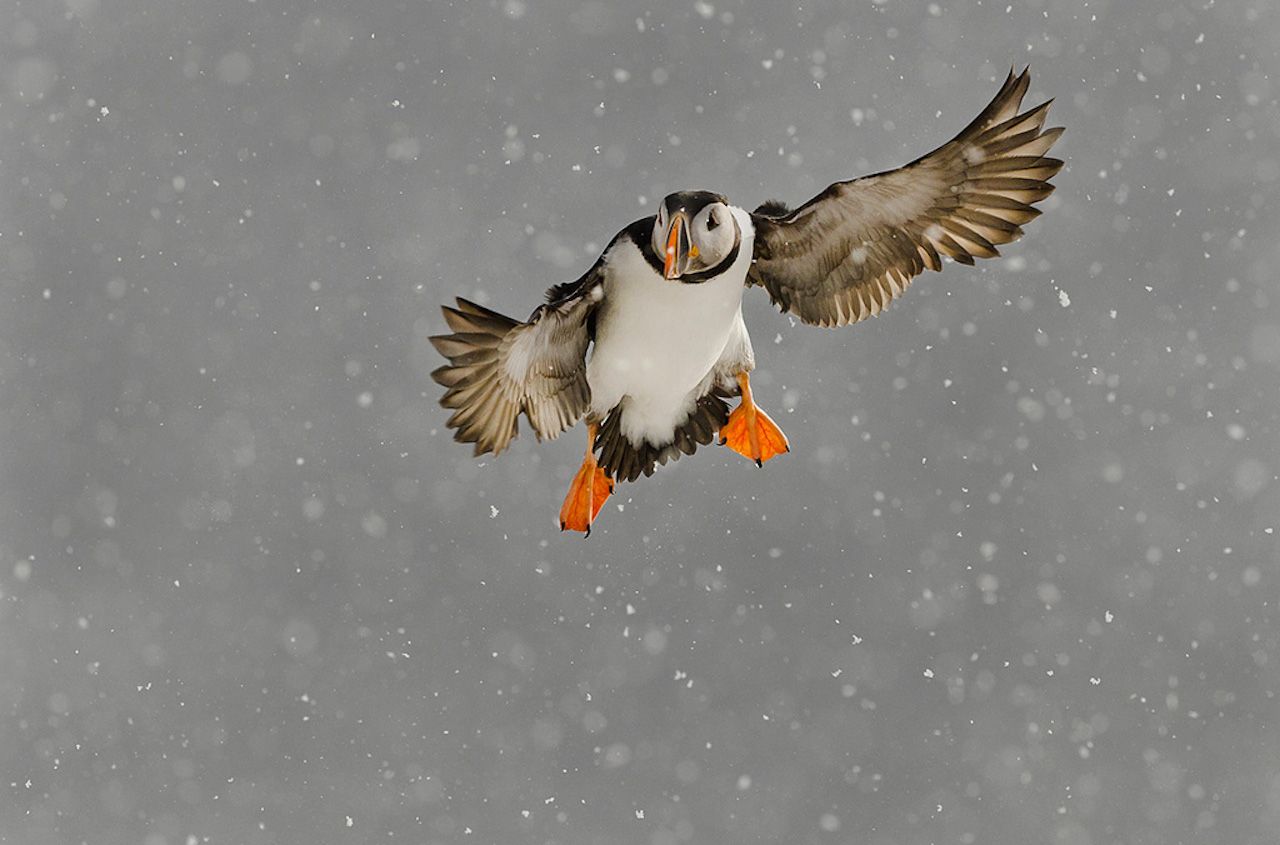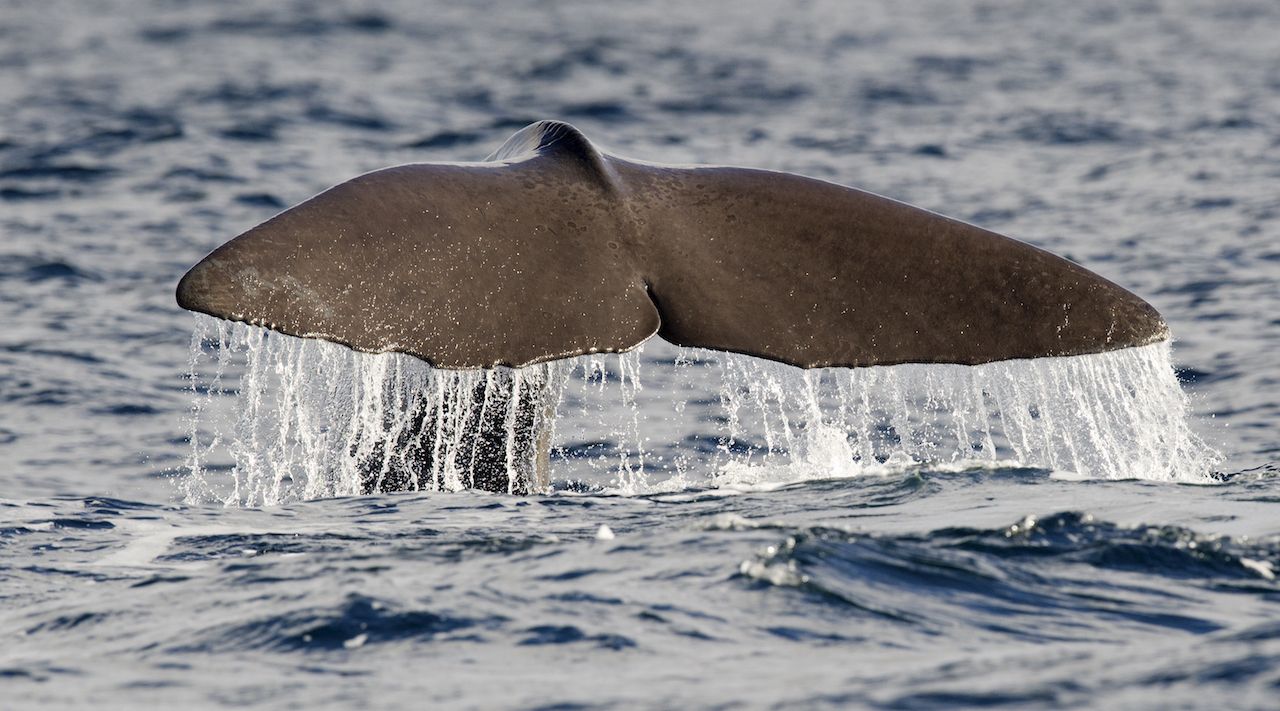The archipelago of Vesterålen is probably not a region that springs to mind when you’re planning a trip to the northwest coast of Norway. Overshadowed by the renowned beauty of the Lofoten Islands, Vesterålen, located just north of the popular tourist isle, remains off the radar, yet to become a well known Scandinavian hot spot.
Sitting westward from mainland Norway, Vesterålen’s beaches and clear waters challenge that of the French Riviera. Vesterålen’s topography is defined by its coastline of little inlets, lined with dramatic, craggy mountains and breathtaking fjords. The relationship with the ocean extends into the rich culture and history of the region. Although the fishing industry is not quite what it used to be, it has left its mark, and the sea plays an integral part in every aspect of daily life, from supporting the local economy and founding the food and drink culture to inspiring festivals and shaping folklore. The 30,000 or so residents enjoy a peaceful life in this under-populated landscape, living between rural fishing villages and larger more modernized towns and cities. And it is the welcoming and heartwarming nature of the people who live here that can turn a run-of-the-mill vacation into an unforgettable experience.







